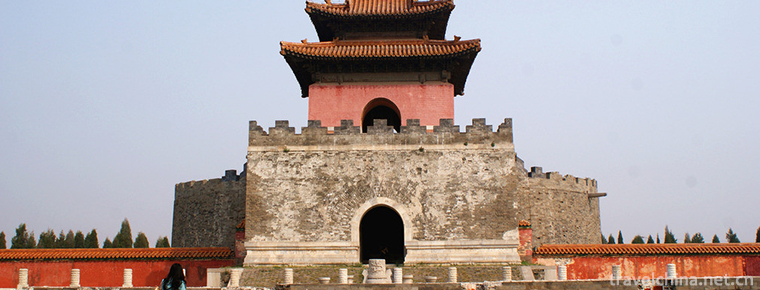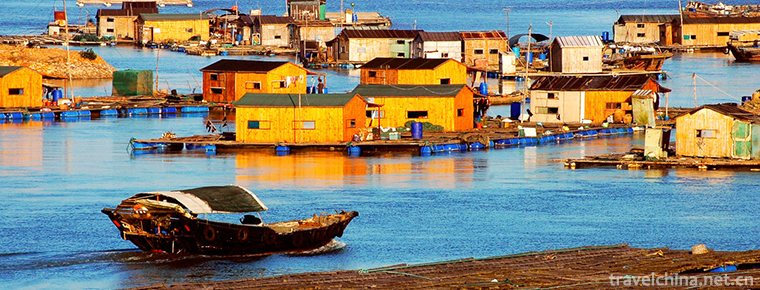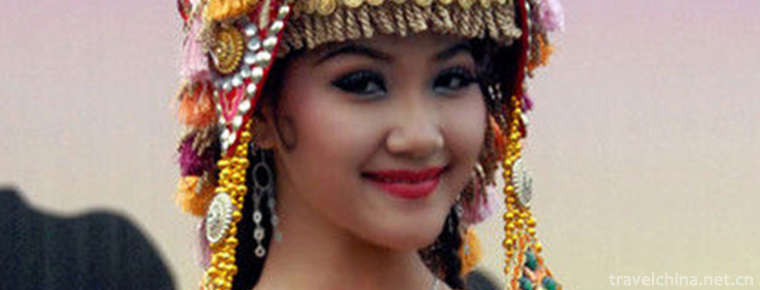Hainan Zhai Opera
Hainan Zhai Opera
Hainan Zhai Opera is a traditional sacrificial ritual drama in Hainan Province. It is similar to the Nuo Opera in northern China. It is known as "Nuo Opera in the north and Zhai Opera in the south". It originates from the folk sacrificial ceremony. Early sacrificial ceremonies were simple dances and chanting incantations, which were called "making a fast" in Hainan folk. With the introduction of foreign operas, sacrificial rituals absorbed the nutrition of the opera "singing and dancing stories" and developed into Zhai opera. Zhai Opera is the primary form of Hainan Opera. Qiongju Opera, the largest local opera in Hainan, was born out of Zhai Opera. Zhai Opera was produced in Ming Dynasty at the latest and has a history of more than 400 years.
On May 23, 2011, Hainan Zhai Opera declared by Haikou City of Hainan Province was listed in the third batch of national intangible cultural heritage list with the approval of the State Council.
historical origin
Hainan people also say "watch Zhai" when they watch Qiongju Opera. The so-called "Zhai" is Zhai Opera in Hainan.
Hainan Zhai Opera is a sacrificial ritual opera, similar to the Nuo Opera in the north of China, known as "Nuo Opera in the north and Zhai Opera in the south", which originates from the folk sacrificial ceremony.
Early sacrificial ceremonies were simple dances and chanting incantations, which were called "making a fast" in Hainan folk. With the introduction of foreign operas, sacrificial rituals absorbed the nutrition of the opera "singing and dancing stories" and developed into Zhai opera.
Zhai Opera is the primary form of Hainan Opera. Qiongju Opera, the largest local opera in Hainan, was born out of Zhai Opera. Zhai Opera was produced in Ming Dynasty at the latest and has a history of more than 400 years.
Inheritance significance
Hainan Zhai Opera has classes, artists, plays, music and performance programs. It has its own system and unique style. Zhai Opera retains the legacy of Chinese opera since Song and Yuan Dynasties, which is of great value to the study of the history of Chinese opera.
Zhai Opera is the product of folk activities, which is highly ornamental, or the spiritual link connecting Qiongzhou overseas Chinese. It integrates Hainan folk stories, ballads, folk operas, music, acrobatics, crafts and other artistic elements, and becomes the carrier of preserving Hainan traditional culture and art.
Inheritance and protection
Due to the impact of fashion culture, Zhai Opera is on the verge of losing its heritage and needs urgent protection. June 2011 was selected as the third batch of national intangible cultural heritage list.
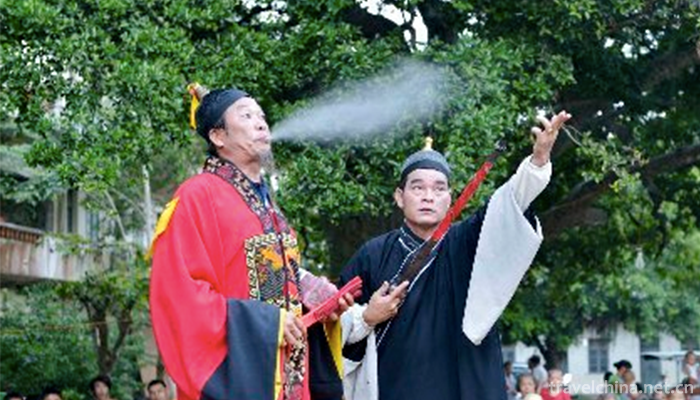
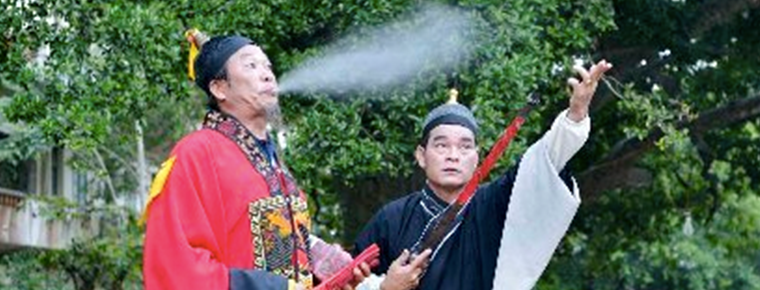
Hainan Zhai Opera
-
Ailao Mountain
Ailao Mountain, located in the middle of Yunnan Province, China, extends south of Yunling Mountains. It is the boundary between Yunnan-Guizhou Plateau and Hengduan Mountains. It is also the watershed
Views: 478 Time 2018-11-01 -
Eastern Royal Tombs of the Qing Dynasty
Eastern Royal Tombs of the Qing Dynasty is located 30 kilometers northwest of Zunhua City, Tangshan City, Hebei Province. It is 125 kilometers west of Beijing City and covers an area of 80 square kil
Views: 313 Time 2018-11-24 -
Yuan Dynasty Capital City Wall Site Park Yuandadou Chengyuan Site Park
The Yuandu Chengyuan Site Park was built on the Tucheng Site of Yuandu (National Key Cultural Relics Protection Unit, batch No. VI-1). It is located near Mingguang Village, Southern College Road
Views: 159 Time 2018-12-23 -
Bigan Temple
Bigan Temple, located in Weihui, Henan Province, is one of the most important temple-tomb complex. It is the first temple in China with tomb-worshippers, known as "the first temple in the world&a
Views: 203 Time 2019-01-02 -
Jiangshan Peninsula Tourist Resort
Jiangshan Peninsula Tourist Resort is a provincial tourism resort development zone approved by the People's Government of Guangxi Zhuang Autonomous Region in 1994.
Views: 181 Time 2019-01-21 -
Luo Bu Lin Ka Roblinka
Roblinka is a national key cultural relic protection unit, located in the western suburbs of Lhasa, Tibet. Founded in the 1840s (Dalai VII), the Dalai Lama's summer administration place is a typical T
Views: 205 Time 2019-02-06 -
Kirgiz costumes
"Kirgiz" means the people who live on the cliffs. Another saying is that "Kirgiz" are forty girls. This statement is wrong. Most of the Kirgiz people live in Xinjiang's Kizilesu Au
Views: 281 Time 2019-05-09 -
Green Tea Production Techniques
Green tea production technology is a national intangible cultural heritage. Luan Guapian is a special kind of green tea. Cucumber seed-like flake-shaped tea is made from local endemic varieties by wre
Views: 314 Time 2019-05-15 -
Sichuan University of Arts and Science
Sichuan Academy of Arts and Sciences, located in Dazhou City, Eastern Sichuan Province, has a history of running higher education which can be traced back to Longshan Academy in late Qing Dynasty, whi
Views: 164 Time 2019-08-31 -
Daci Temple
Daci Temple, also known as the ancient great saint CI temple, is located in the first section of Dongfeng Road, Jinjiang District, Chengdu City, Sichuan Province. It was built between the 3rd and 4th centuries AD, and is known as "the first jungle of the Sinian".
Views: 116 Time 2020-11-05 -
Ding Zhen heaven on earth with fire
This "paradise on earth" with fire Ding Zhen absorbed tens of millions of powder overnight, and the search volume increased by 620%
Views: 78 Time 2020-12-07 -
Evolution of Chengdu Giant Panda Base
Chengdu Giant Panda Breeding Research Base is established on the basis of raising, treating and breeding giant pandas in Chengdu Zoo. In the 1980s, Fargesia FRIGIDA in Qionglai mountains blossomed and died. Some giant pandas were rescued and concentrated in Chengdu Zoo for lack of food and hunger.
Views: 136 Time 2020-12-13

